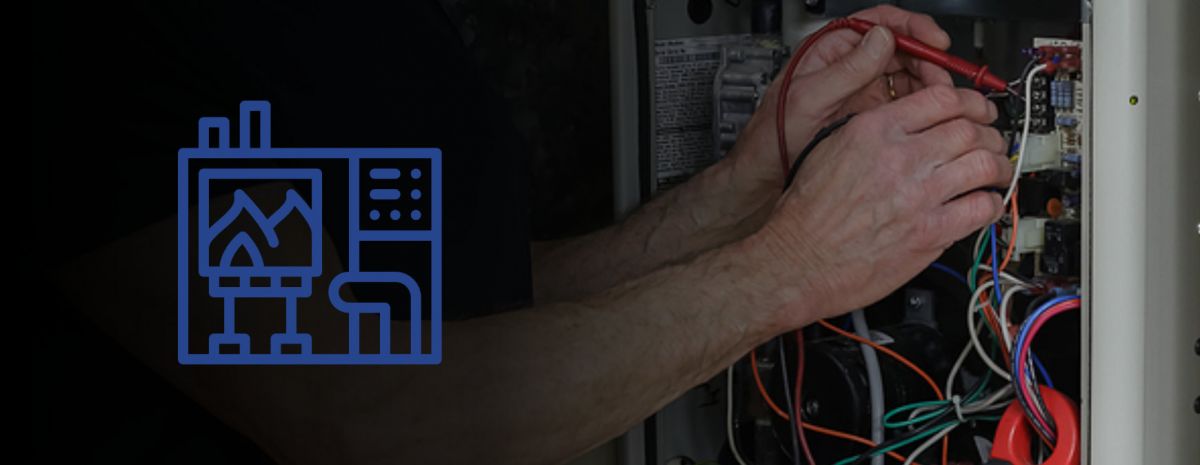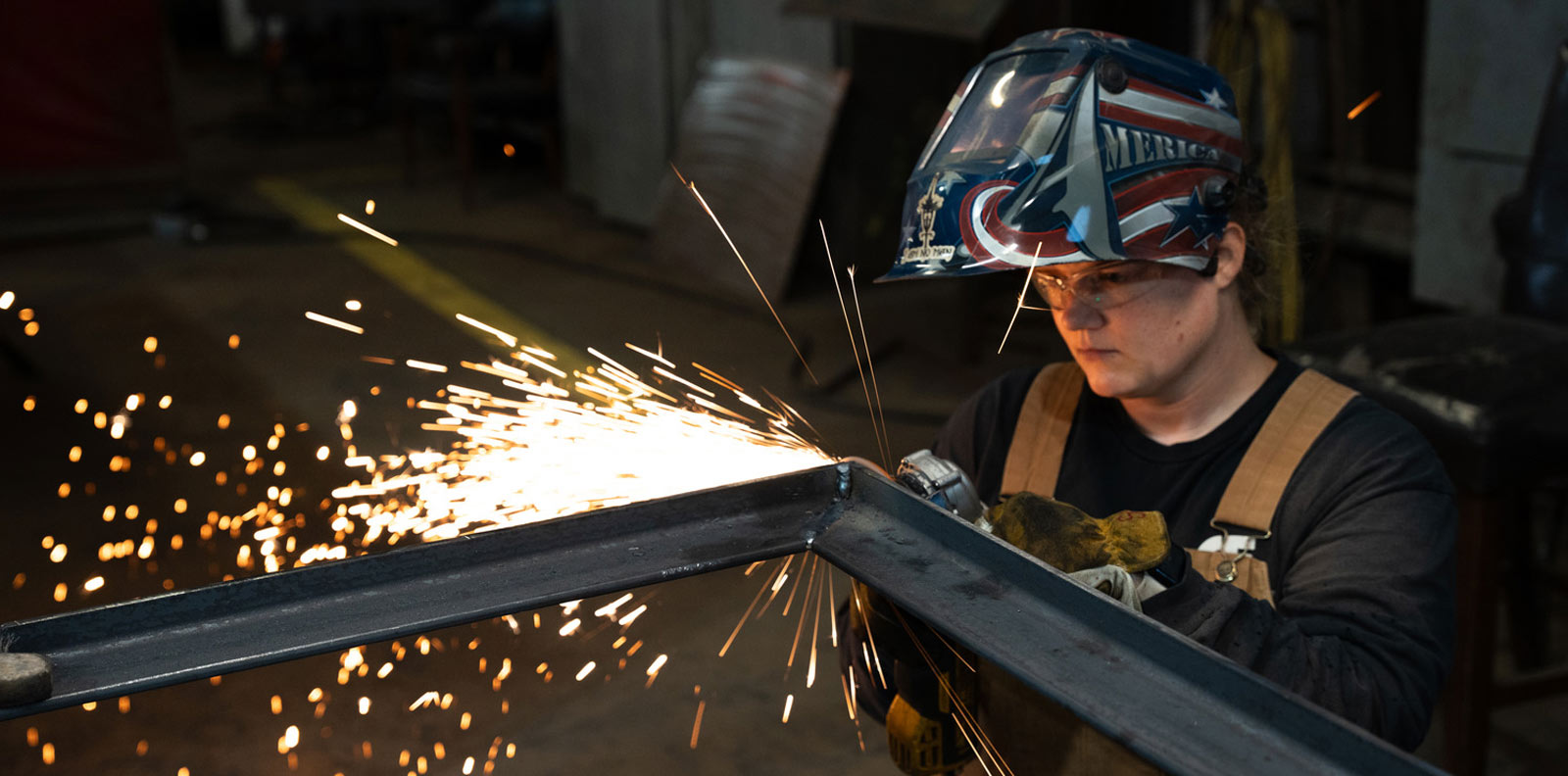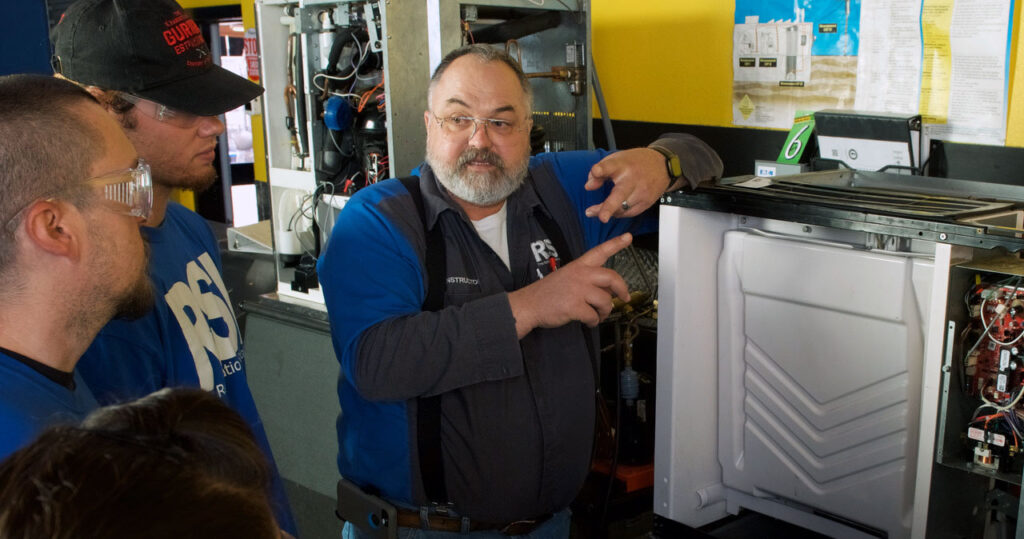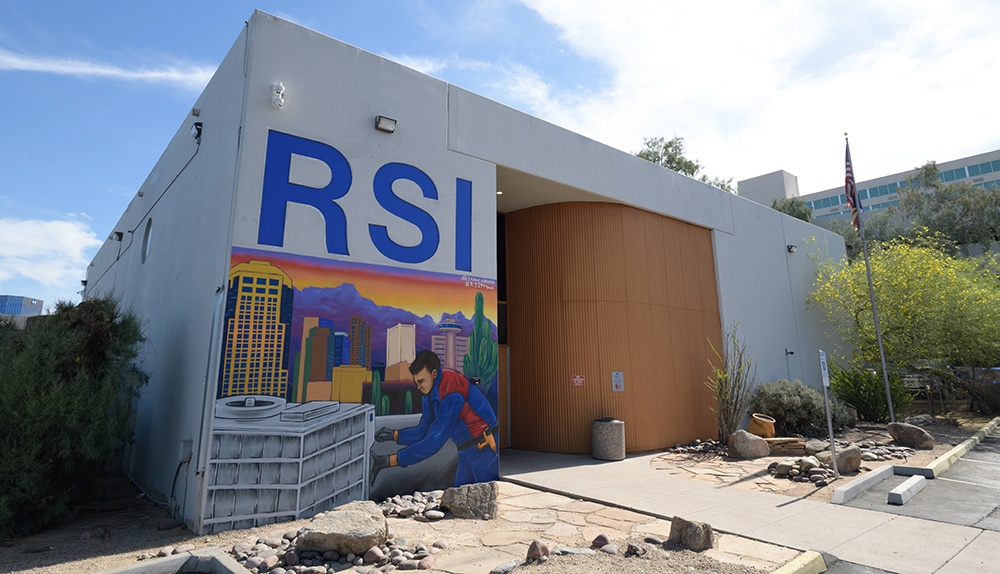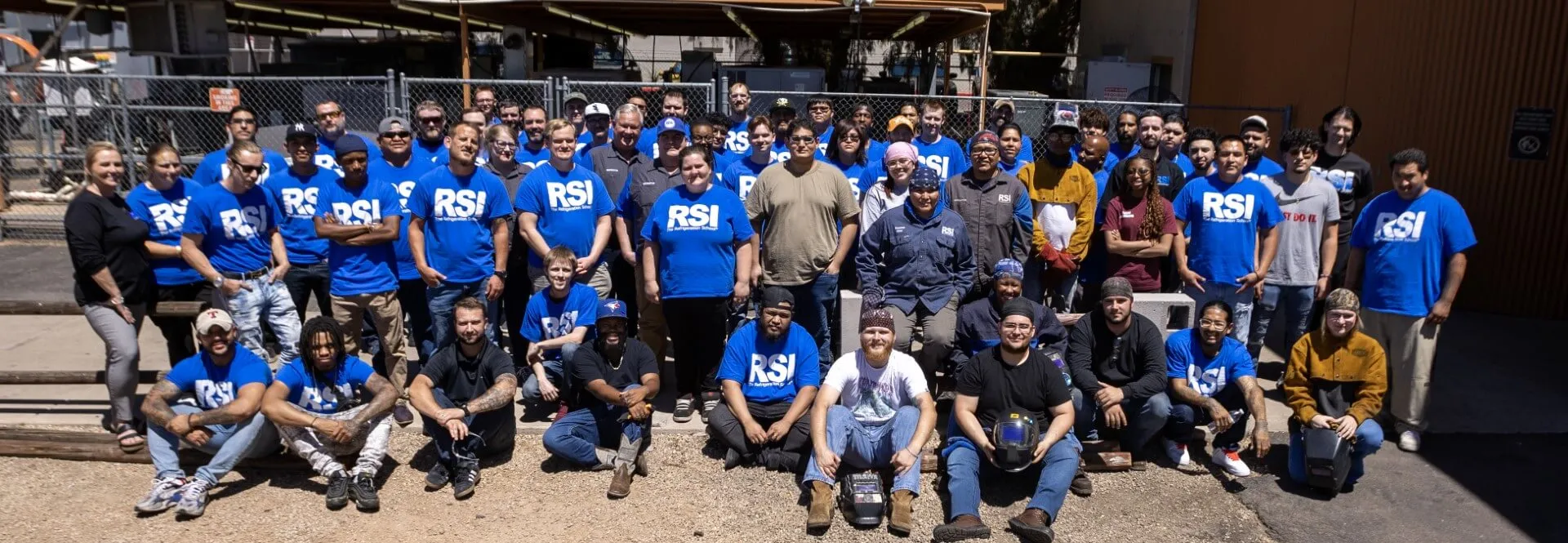RSI is a Great Training Option for Everyone
Learn more about how we can prepare you to advance your career.
It’s no secret that homeowners often look for ways to save money on their utility bills. And opting for high efficiency HVAC equipment could be one way to do it.1
Whether you’re still in HVAC training or already out working in the field, you may find it helpful to know how to work on high efficiency systems.
In this article, you can learn about 4 common high efficiency furnace problems:
- Water around the furnace2
- Poor airflow or frequent cycling3
- Inadequate heat4
- Sudden system failure5
You’ll also discover the one thing you can do to help prevent these common furnace problems.
Traditional versus High Efficiency Furnaces
Before we get started, it may help to know what the difference is between a traditional furnace and a high efficiency one.
Get Started on the Path to a New Career
Fill out our form to learn how we can help you change your life.
A high efficiency furnace can differ from a traditional furnace in a couple of distinct ways:
Standard-efficiency furnaces usually convert approximately 80% of the provided gas into heat. In contrast, a high efficiency furnace, such as an Energy Star model, can convert anywhere from 95% to 98% of the gas into heat, causing it to use less fuel to achieve the desired temperature. This can mean lower energy use that can amount to savings of hundreds of dollars off the average homeowner’s utility bill.1
High-efficiency furnaces may also differ from traditional furnaces in their construction. Their vent pipe is typically constructed of white plastic (PVC) instead of the metal used for the vent pipes on traditional furnaces.2
4 Common High Efficiency Furnace Problems
There can be some common challenges with high-efficiency systems.
Below are 4 of the high-efficiency furnace issues that HVAC technicians may be likely to receive repair calls about:
1. Water around the Furnace
![]()
Most condensation or moisture around a high-efficiency furnace will be located around the floor drain. A common cause of built-up water is a clog or break in the tubing that carries the condensation to the floor drain. The floor drain itself may also be clogged.2
Other issues that could be the cause of the excess water include a problem with the secondary heat exchanger or the internal humidifier.2
2. Poor Airflow or Frequent Cycling
![]()
When homeowners experience an issue with the airflow from their vents or short cycling, it can be hard to keep their homes the appropriate temperature. This can result in their furnace working harder than it should.3
Often the culprit behind this concern is simple: a clogged filter. Clogged filters can not only lead to poor indoor air quality but also to lower efficiency and overheating.3
3. Inadequate Heat
![]()
Another common complaint HVAC technicians often face is inadequate heat. While this problem can be linked to a clogged air filter as well, it could be the result of a faulty hot surface igniter.4
Most high-efficiency furnace systems are equipped with an electronic ignition switch known as a hot surface igniter. The igniters are made with material that will glow hot when the appropriate voltage is applied and ignite the gas passing through the system.4
When the igniter becomes damaged or cracked, it will not be able to properly ignite the fuel, leading to the furnace repeatedly turning off and on and reducing the amount of heat coming from the system.4
4. Sudden System Failure
![]()
One of the most common calls for a furnace problem can be sudden system failure.5
A faulty or stuck pressure switch could be the cause. A pressure switch is a safety device that can stop the operation of the furnace if there isn’t enough airflow for proper combustion.5
These switches can become stuck open or fail. Cracked, clogged or broken hoses running to the pressure switch may be the problem.5
How to Prevent Common Problems with High Efficiency Furnaces
Similar to with traditional furnaces, routine HVAC maintenance can go a long way in preventing problems with high-efficiency furnaces.6
What does this entail? Typically the tasks you might learn in a furnace maintenance 101 class:
- Checking the pressure of the gas
- Cleaning the blower wheel and motor
- Inspecting and testing safety switches
- Changing filters6
However, these systems can be more complex than their traditional counterparts, so it can be a good idea to prepare for additional steps and potentially longer service calls.6
Whether you’re working with a traditional furnace or a high efficiency one, routine maintenance could help make the furnace last longer.
Additional Sources
1https://www.energy.gov/eere/femp/purchasing-energy-efficient-residential-furnaces
2https://www.angieslist.com/articles/why-my-furnace-leaking-water.htm
3https://www.bassetheating.com/high-efficiency-furnace-problems/
4https://www.thespruce.com/repair-an-electronic-ignition-furnace-1824768
5https://www.thespruce.com/repairing-a-high-efficiency-condensing-furnace-1824755
6https://propane.com/2018/09/17/seven-steps-to-a-clean-running-high-efficiency-furnace/
Image credit: flaticon.com
This blog has been labeled as archived as it may no longer contain the most up-to-date data. For a list of all current blog posts, please visit our blog homepage at https://www.rsi.edu/blog/
